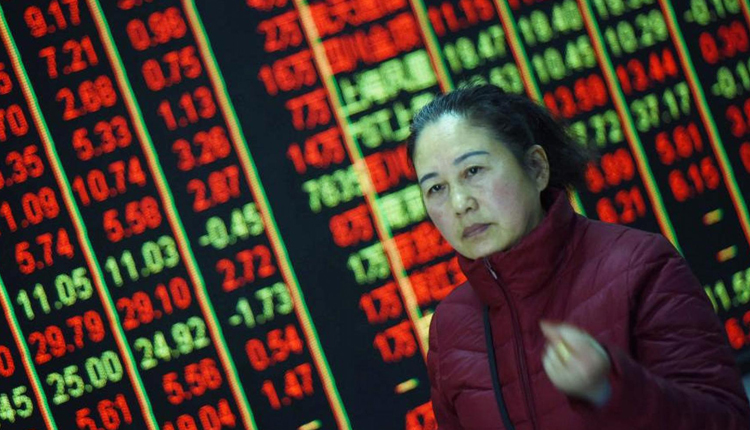Asian markets mostly edged up in Tuesday afternoon trade. Meanwhile, the Reserve Bank of Australia (RBA) slashed its cash rate to a new all-time low.
Mainland Chinese stocks were mostly higher by the afternoon, with the Shenzhen component gaining 0.18% and the Shenzhen composite adding 0.205%. The Shanghai composite, on the other hand, declined fractionally.
Hong Kong’s Hang Seng index, which returned to trade after a holiday on Monday, jumped 1.35%.
The Nikkei 225 in Japan added 0.17% in afternoon trade, while the Topix rose 0.29%. In South Korea, however, the Kospi slipped 0.22%.
Over in Australia, the S&P/ASX 200 gained 0.33% as most sectors advanced.
The RBA announced earlier on Tuesday that it was cutting its cash rate by 25 basis points to a a new all-time low of 1%, marking its second straight month of easing after it slashed rates in June.
“Today’s decision to lower the cash rate will help make further inroads into the spare capacity in the economy. It will assist with faster progress in reducing unemployment and achieve more assured progress towards the inflation target,” RBA Governor Philip Lowe said in a statement.
Following the widely expected decision by the Australian central bank, the Australian dollar changed hands at $0.6985 after touching an earlier low of $0.6959.
“If you’re focused on trying to squeeze out that excess capacity in the labor market, get a bit of wages growth going and … eventually getting back to your inflation target then … certainly a rate cut is the major weapon in the Reserve Bank’s arsenal and they’ve deployed it for the last two months,” Michael Blythe, chief economist at Commonwealth Bank, told CNBC’s “Capital Connection” minutes following the RBA announcement.
Blythe added that a third rate cut was likely “coming along,” with a cash rate lower than 1% likely to come before the end of 2019.
Meanwhile, investors cheered recent developments over the weekend on the U.S.-China trade front, with the two countries’ presidents agreeing not to slap new duties on each others goods after meeting at the G-20 summit in Osaka, Japan. U.S. President Donald Trump said Monday that trade talks between the two countries have “already begun. ”
“I think the question for a lot of central banks now after the G-20 is, how does this truce between China and Trump evolve?,” Wayne Gordon, commodity, rates and foreign exchange analyst at UBS Global Wealth Management, told CNBC’s “Street Signs” on Tuesday.
“If in the end there is a deal that comes of this, I think it’s still highly uncertain but if indeed there is, central banks may not be as worried about growth, particularly on the trade side, as what they would have been otherwise,” Gordon said.
That’s a question “particularly” for the U.S. Federal Reserve, he said, ahead of the central bank’s monetary policy meeting later this month. In June, the Fed opened the door to a possible future rate cut as it kept interest rates steady.
The U.S. dollar index, which tracks the greenback against a basket of its peers, was at 96.831 after rising from levels below 96.6 in the previous session. The Japanese yen traded at 108.40 against the dollar following lows above 108.4 seen yesterday.
Oil prices declined in the afternoon of Asian trading hours, as international benchmark Brent crude futures slipped slightly to $65.02 per barrel, while U.S. crude futures fell 0.19% to $58.98 per barrel.
The Organization of the Petroleum Exporting Countries (OPEC) agreed on Monday to extend production cuts by nine months. The deal is subject to approval from non-OPEC allies, such as Russia, at a meeting on Tuesday.
Source: CNBC



